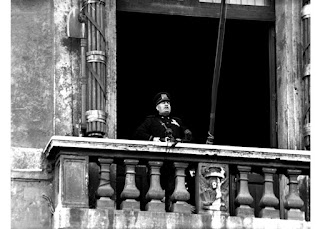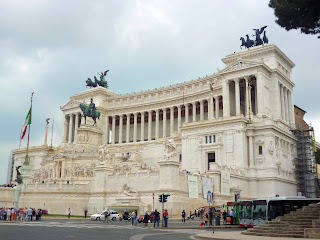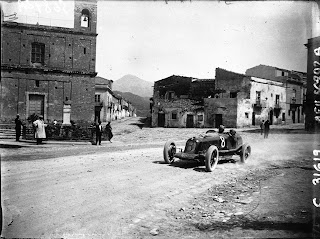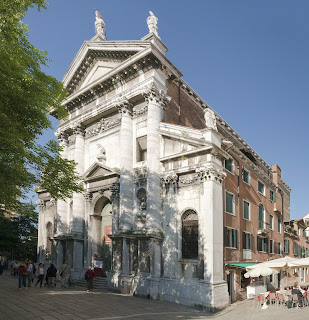Napoleon works up an appetite driving out the Austrians
Napoleon was victorious in battle against the Austrians on this day in 1800 in an area near the village of Marengo, about five kilometres south of Alessandria in Piedmont.
 |
| Scene from the Battle of Marengo, captured by the artist Louis-Francois, Baron Lejeune |
A chicken
dish named after the battle, Pollo alla Marengo, keeps the event alive by
continuing to appear on restaurant menus and in cookery books.
It was an important victory for Napoleon, who effectively drove the Austrians out of Italy by forcing them to retreat.
Initially French forces had been overpowered by the Austrians and had been pushed back a few miles. The Austrians thought they had won and retired to Alessandria.
But the French received reinforcements and launched a surprise counter-attack, forcing the Austrians to retreat and to have to subsequently sign an armistice.
This sealed a political victory for Napoleon and helped him secure his grip on power.
 |
| Napoleon Bonaparte: detail from a portrait by the artist Andrea Appiani |
There are
various stories about the origin of the chicken dish named after the battle.
Some say Napoleon ate it after his victory, while others say a restaurant chef
in Paris invented it and named it after the battle in Napoleon’s honour.
There is also a story that Napoleon refused to eat before the battle but eventually came off the field with a ferocious hunger. His chef had to whip up a meal from the only ingredients he had to hand, which is how the dish ended up as being made from chicken fried in oil, garlic and tomatoes, garnished with eggs and crayfish.
Napoleon
is said to have wolfed it down and then the battle turned in his favour. He
therefore associated the dish with victory and insisted on eating it before
every future battle.
Travel
tip:
Alessandria is an historic city in Piedmont, situated to the south east of Turin. After the Battle of Marengo in 1800 it became part of French territory but was returned to Italy a few years later. It is now a major railway hub.
Travel tip:
The Museum of Marengo, Museo della Battaglia di Marengo, is at Spinetta Marengo, a suburb of Alessandria. To ensure his victory would not be forgotten, Napoleon ordered a column commemorating the date to be erected at the exact site of the battle. For more information and to find out about re enactment events visit www.marengomuseum.it.
Napoleon becomes King of Italy
Alessandria is an historic city in Piedmont, situated to the south east of Turin. After the Battle of Marengo in 1800 it became part of French territory but was returned to Italy a few years later. It is now a major railway hub.
Travel tip:
The Museum of Marengo, Museo della Battaglia di Marengo, is at Spinetta Marengo, a suburb of Alessandria. To ensure his victory would not be forgotten, Napoleon ordered a column commemorating the date to be erected at the exact site of the battle. For more information and to find out about re enactment events visit www.marengomuseum.it.
More reading:
Napoleon becomes King of Italy














